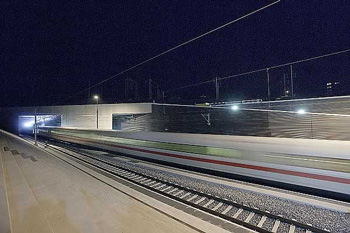

A typical example of underground structure where a combination of methods is employed is a deep base transalpine tunnel, like Gotthard and Lotschberg tunnels in Switzerland.
Some of the reasons that recommend such a method of excavation in these tunnels are a wide range of geological and hydro-geological conditions, the need of excavating complex security intermediate stations (caverns), the excavation of adit tunnels with great steepness, the complex logistical reasons and planning constraints, etc.
Very often, in the construction of very large underground structures, different methods of excavation are applied, combining both mechanized and conventional tunneling. This can be due to different reasons:
- Great differences in geological and hydrogeological conditions along the alignment of the underground structure might recommend the use of mechanized tunneling just where they suit the specific machines
- Logistical reasons: Advantage of reuse of the same TBM in different stretches of a tunnel, being this solution sometimes better than using another TBM at the same time
- Diversification of means to reduce the overall risk
- Conventional tunneling needed for the excavation of cavities and parts of the underground structure with complex geometry (e.g. a multifunctional station in the middle of a long rail tunnel)
- Possibility of using conventional tunneling during the time TBMs are assembled at the entry
- Conventional excavation used for the portals, where the ground tends to be meteorized and unstable
- Conventional excavation used to free TBMs when they get trapped due to difficult conditions
- Large underground structures where steepness and length of some of their parts do not allow mechanized excavation (e.g. adits or access tunnels to a main deep base tunnel)
For more info:
- Lyon-turin example layout of excavation (Adobe Pdf 6mb)
